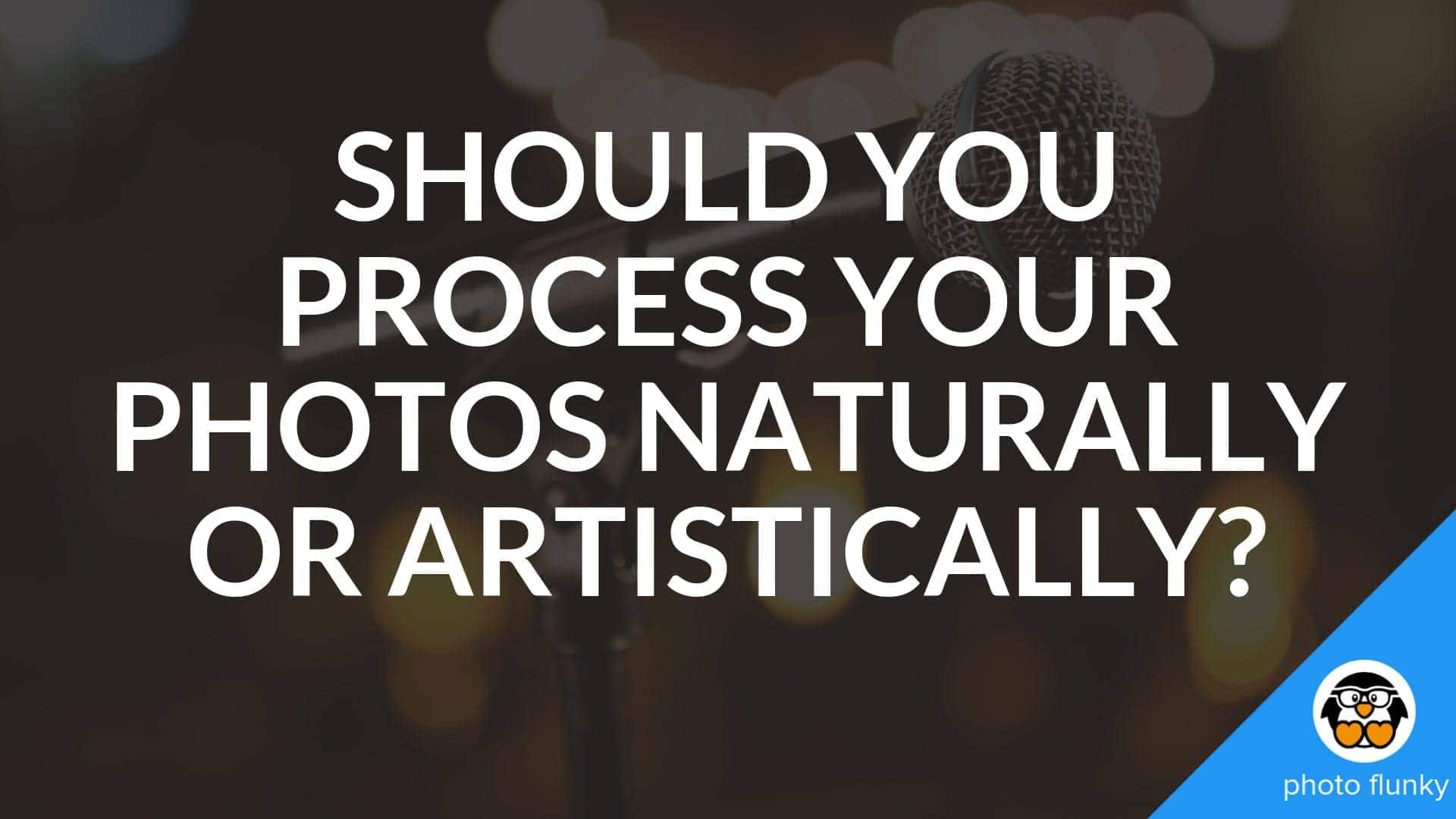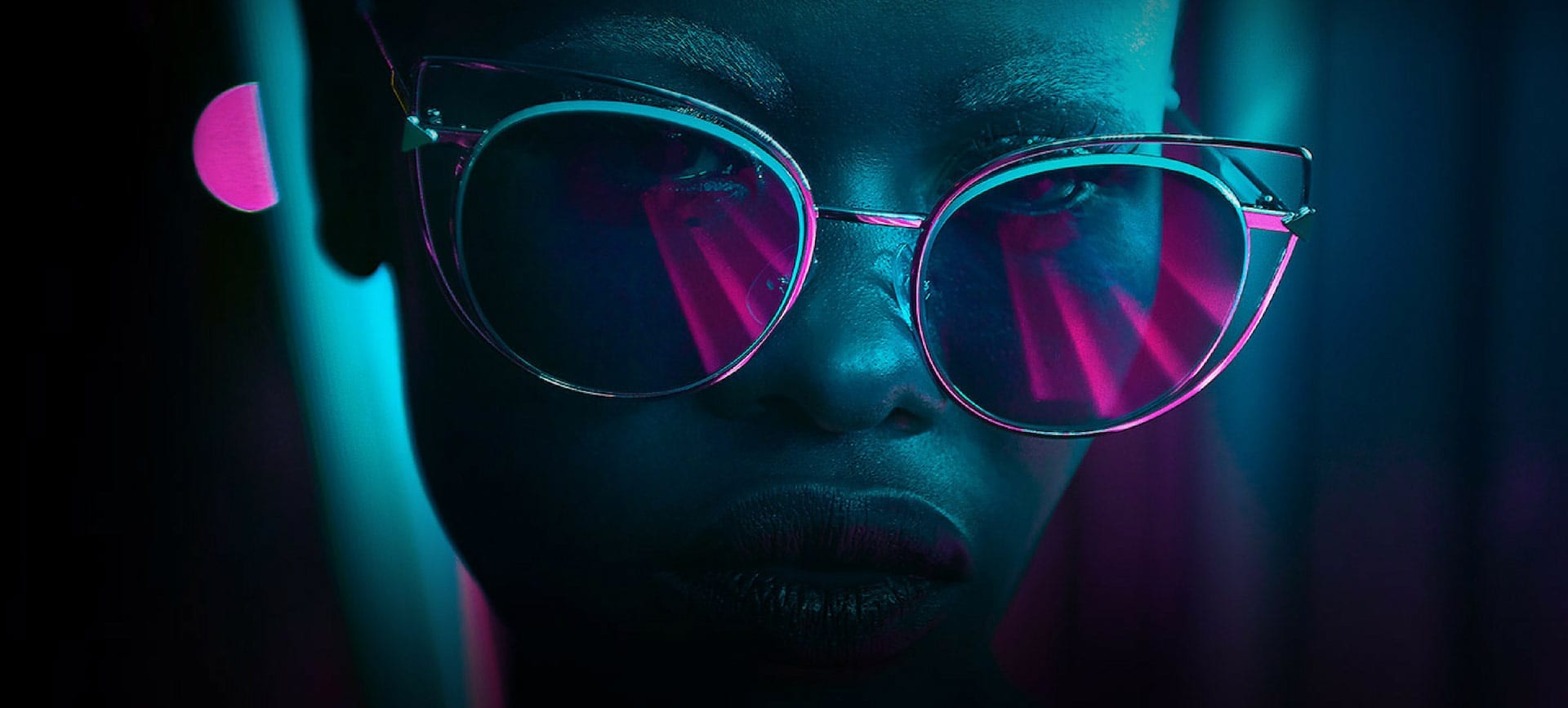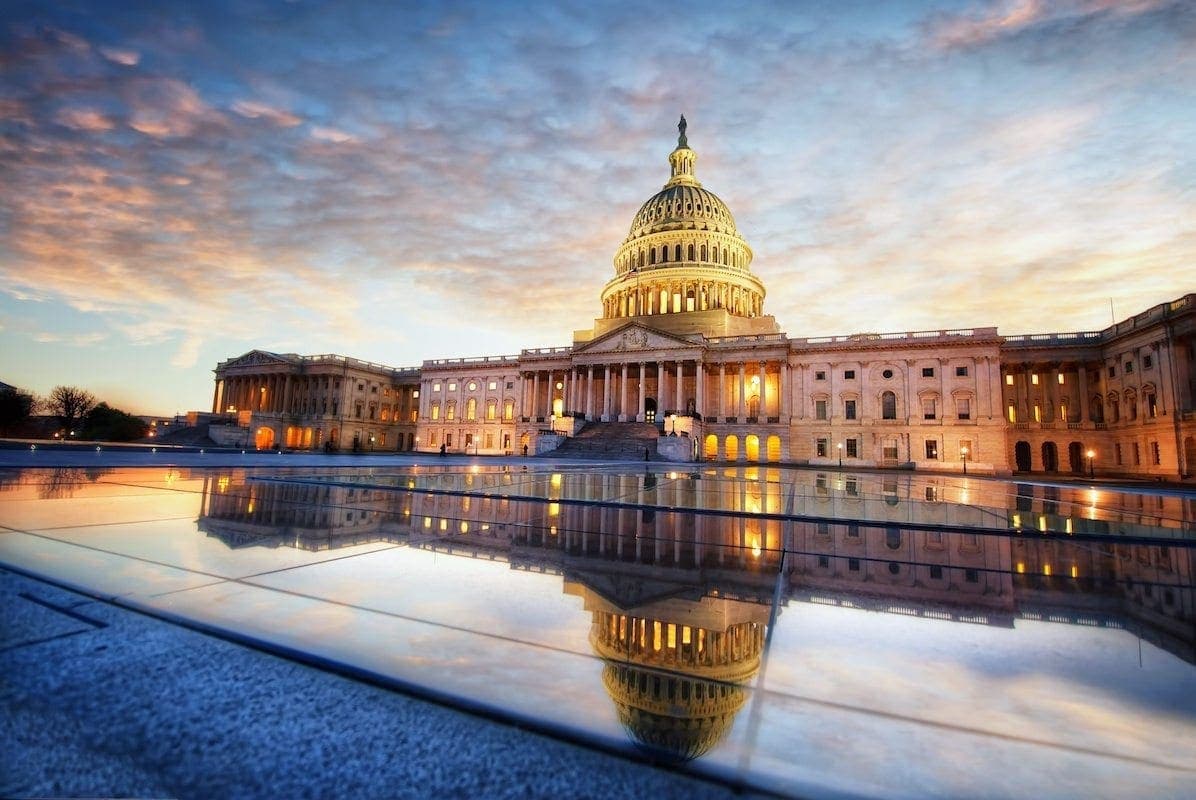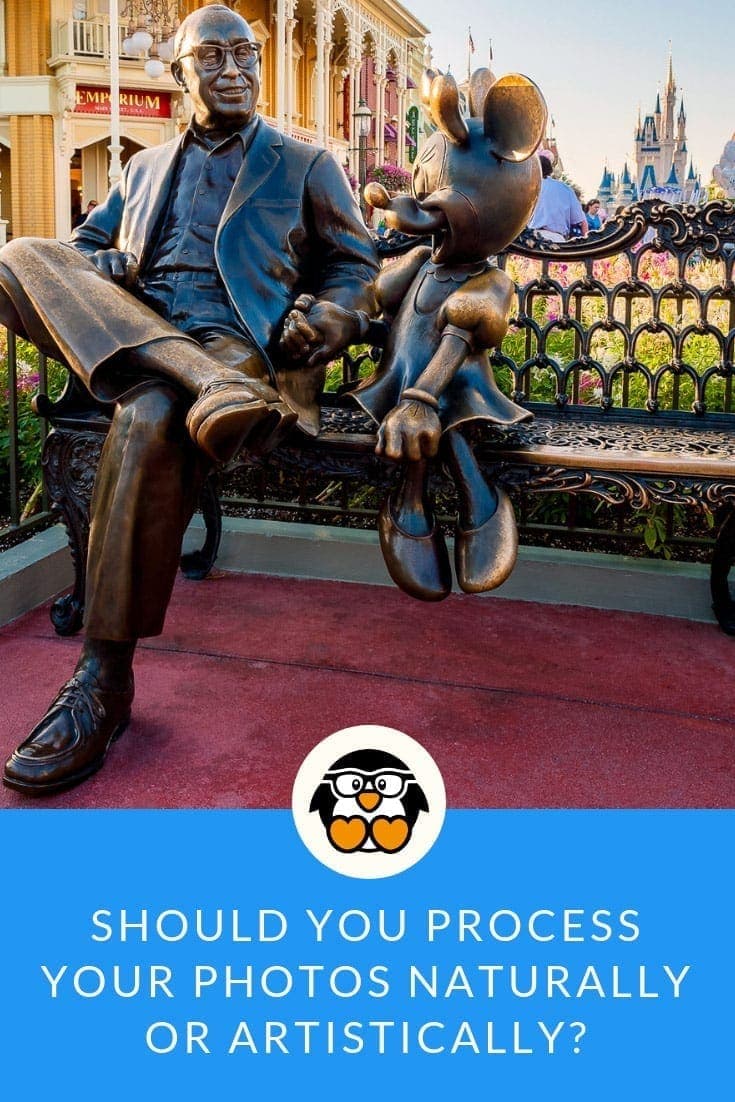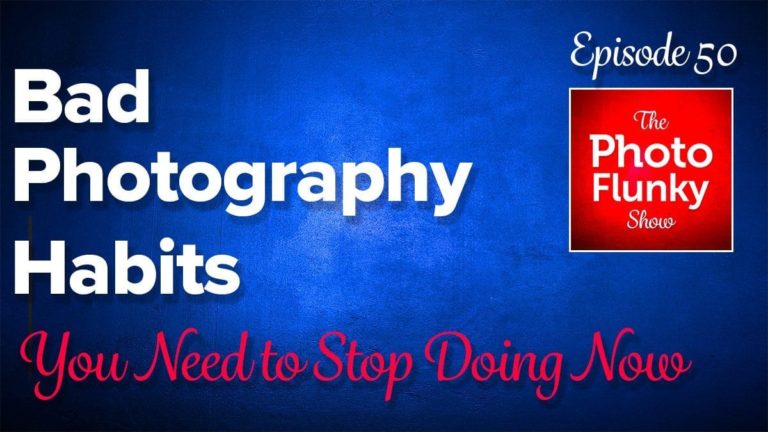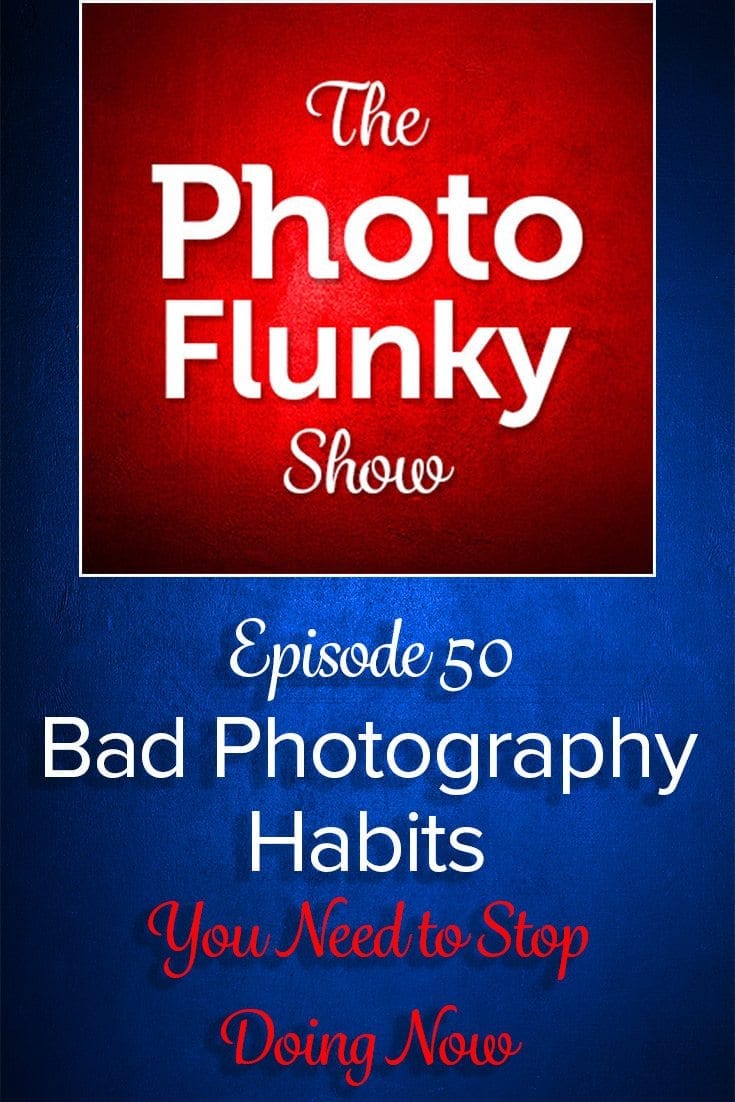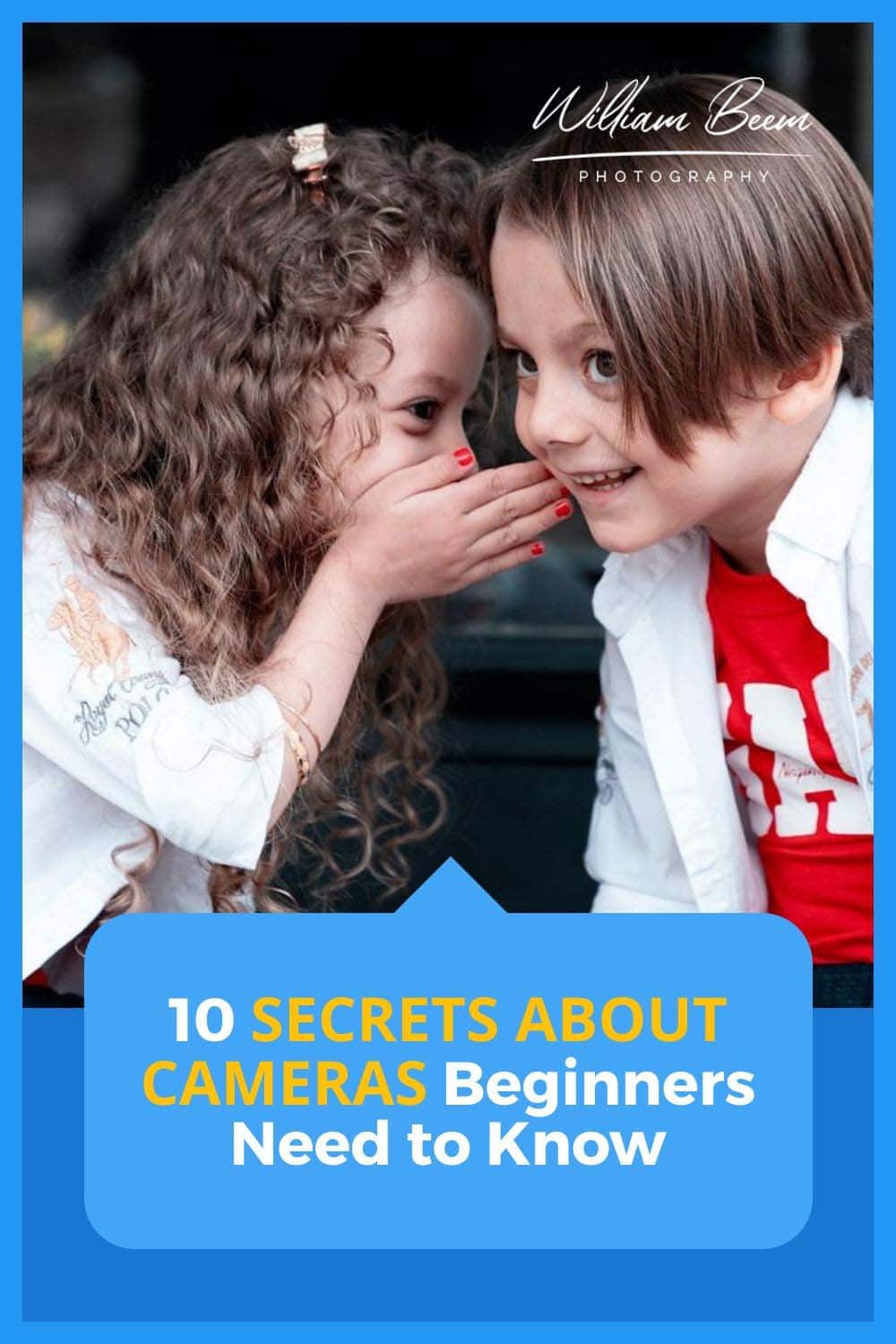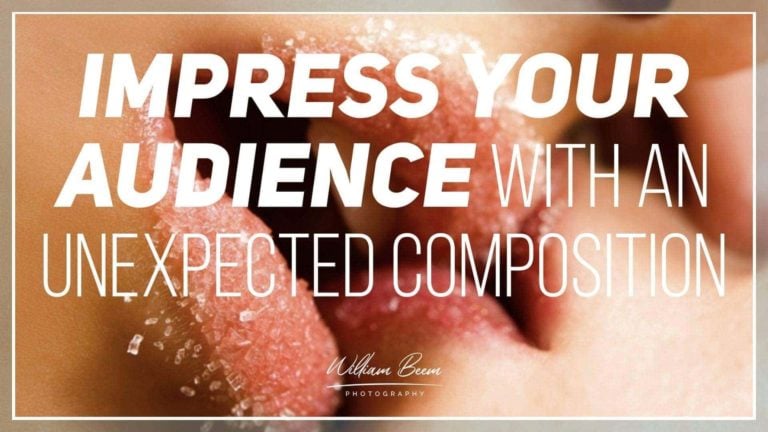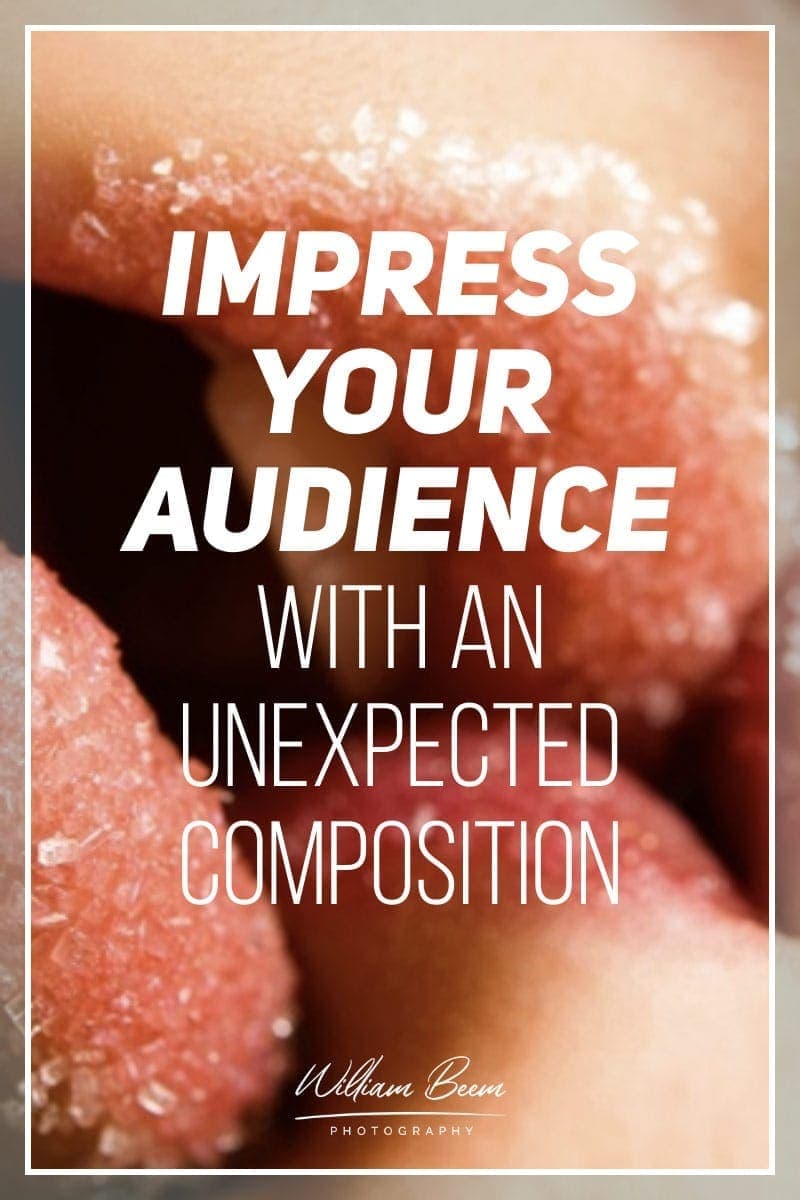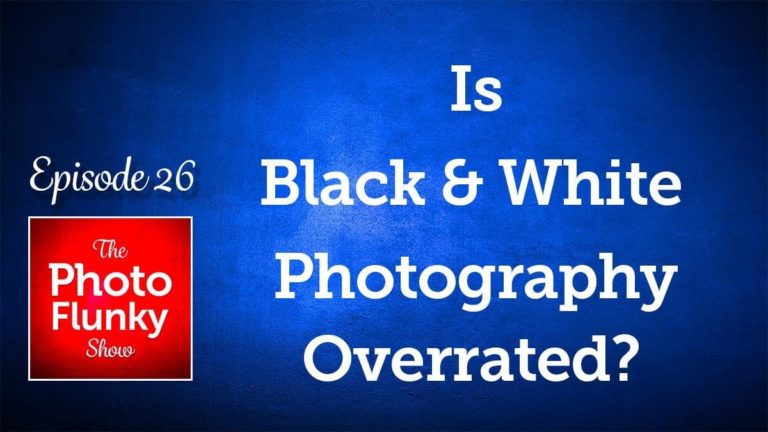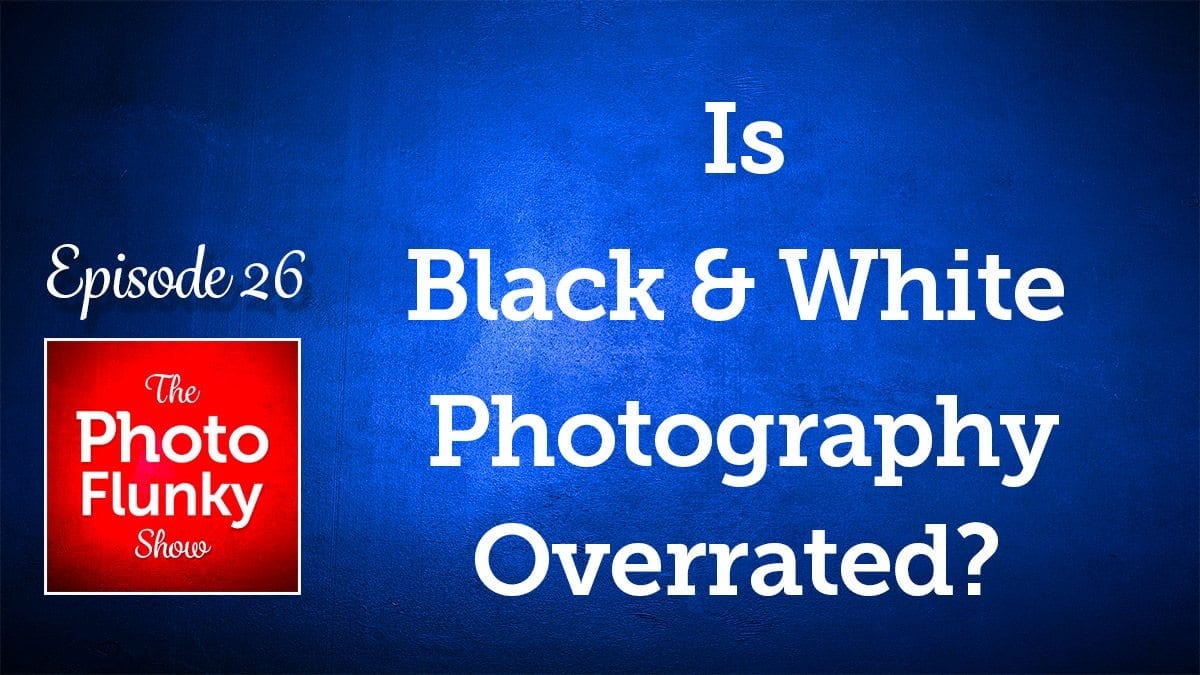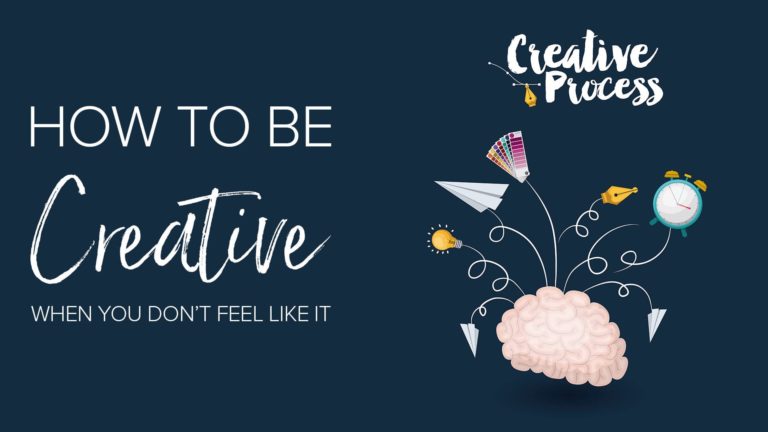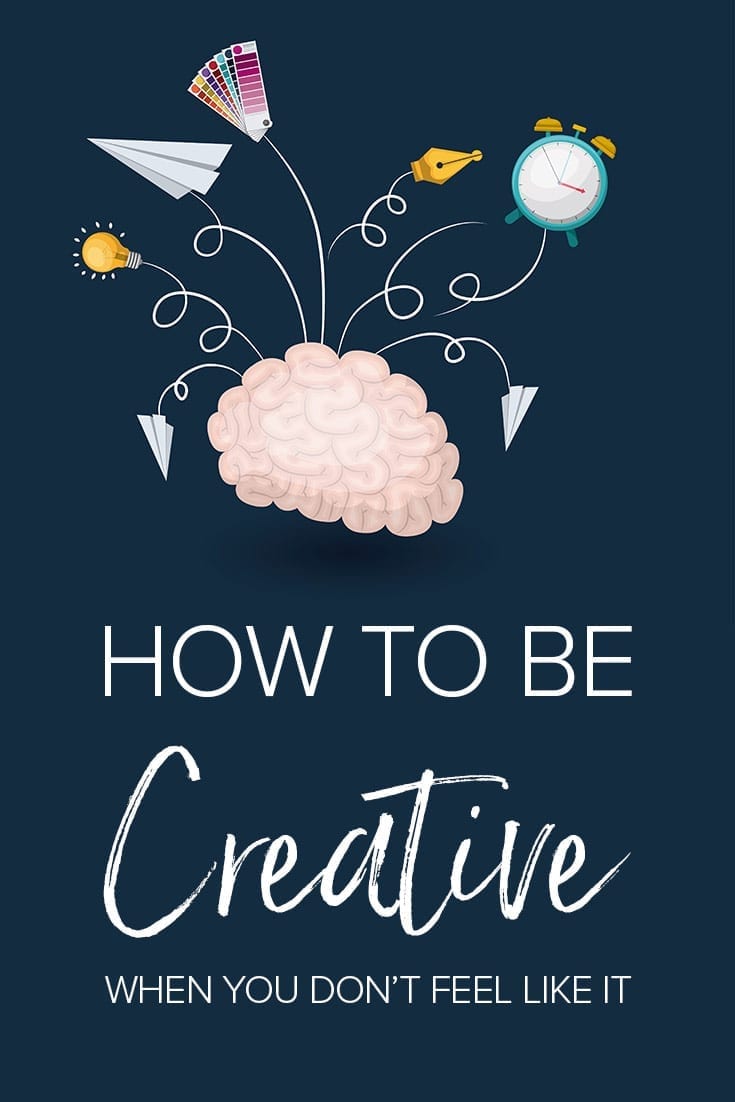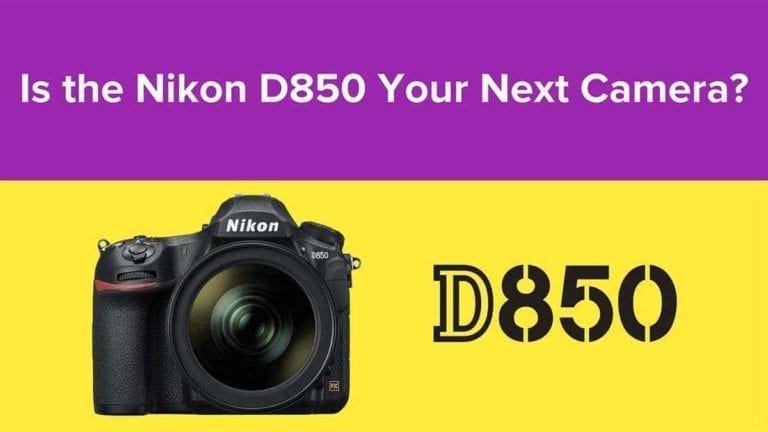Affiliate Disclosure: We earn a commission if you purchase through one of our links at no additional cost to you.
Whether you process your photos naturally or artistically, the important thing to remember is that you must finish your photos. Many photographers love the phrase “straight out of the camera.” I don’t.
Yes, I love to get things right in camera, but I also realize that’s never the end of the story. Every photo needs post processing.
The smart photographers start with the end in mind.
When Does a Photo Look Best?
When I talk about whether you should process your photos naturally or artistically, I have a very simple meaning.
Processing photos naturally means that you try to make the end result of the photo look as your subject appeared to your eye. It doesn’t mean the photo is of something natural, but rather how your natural vision interprets the subject.
Artistic post processing gives you license to be creative. You can bend, warp or stretch the subject. Maybe you want to alter the colors or completely eliminate them. The idea isn’t so much to document your subject as it is to craft your own story using the subject merely as a mannequin – something stable to dress up as you see fit.
You make the determination based upon your need for the photo.
When to Process Your Photos Using a Natural Look
Some photos demand a natural approach:
- Product photos
- Real estate
- Weddings
- Engagements
- Baby portraits
The idea is that you’re sharing something that people want to see as the subject exists. That doesn’t mean you can’t do any post processing. Every photo needs sharpening. You can and should adjust the contrast and correct for lens distortion. You can even do some skin smoothing for some portraits, if you don’t overdo it.
You need to process your photos for many reasons. When you think about a portrait, it’s really an unnatural way to look at someone. We don’t interact with each other frozen in time, with a splash of light highlighting every imperfection in our skin.
When you’re near a person, they’re always in motion. You don’t notice some of our imperfections because we don’t tend to study intently face to face. Yet that’s exactly what we do with a portrait.
Honestly, it isn’t fair.
If you’re photographing a product or something that has brand colors, you take extra care and due diligence to make certain those colors remain accurate in the final photo. These images aren’t about your style, but rather emphasizing your subject as it exists.
When to Process Your Photos Using an Artistic Look
Artistic photos are about the artist, more so than the subject. You’re highlighting your own creative abilities when you go for an artistic look.
Sometimes your creativity is for yourself. You can also use it to persuade. Having met many models in person, I found that they absolutely transform into something else in the final photo.
Some of that is makeup, hairdressing and wardrobe. It’s almost as if they take on a character for the photoshoot.
However, models tend to get much more artistic post processing than other portraits. People think nothing of slimming thighs or arms, reshaping a nose or jawline or poofing up the hair.
It’s almost expected. That’s the original intent of the word mannequin.
Though artistic processing isn’t limited to models or even portraits, there are some really odd looks when you create some portraits. Sports figures and athletes tend to get a gritty, desaturated post processing appearance.
HDR has its share of blame for creating gritty photos, but also for creating glowing photos. Neither are really a natural look. Instead, the idea of the artistic post processing is to make you feel something.
Artistic Styling with Light
We can exaggerate proportions with different focal lengths or angles of view, but those aren’t the only tools we can use to put an artistic stamp on our photos.
Photographers can use interesting lighting to create a mood. The basic methods are to use warm or cool lights to influence how people view our scenes, but we can take a few more steps.
Using some creative gel colors, we can completely change the colors of our environment or subjects. We’re seeing this everywhere from wedding photos to architectural photos.
Even the portrait that shows up when you start Lightroom Classic CC emphasizes creative lighting with a gelled portrait.
You can do the same thing with other subjects, even large buildings.
Light is our form of paint. You wouldn’t expect any other artist to accept a limit of only one color. Why shouldn’t photographers use light as adeptly as our friends who paint or draw? Musicians combine instruments to create their art.
The idea is to create a result that appeals to our viewers. They don’t care how we get the result.
How Much Post Processing is Too Much?
One thing I’ve learned with my own photography is this lesson:
You know this is true. Bad music is still music. Bad paintings are still paintings. Much like your artistic photos, good or bad, they’re all still art.
I’m sad to say that I’ve created some bad art in my time. Some of it was a lack of knowledge about post processing. Most of it was HDR.
It’s safe to say that I would not process my photos the same way today as I did in the past. While I don’t blame my tools (as I chose to use them), I’m happy to report that we have much better post processing tools today than we did ten years ago.
Still, I once created this attack upon the visual sense.
Believe it or not. I was proud of this photo when I created it. Clearly, that’s over processed.
Through a combination of experience, better tools and changing attitudes about art, I no longer insult the world with photos like this one.
Bad art. Bad!
However, some people still process their HDR just like this, and I weep a little inside. I yearn for a day when this style of over processing is truly a part of history we don’t talk about anymore.
That isn’t to say that HDR itself is bad.
This photo is HDR and it’s also my best selling photo. Not only is it HDR, but it’s a bit of a composite. That sky came from Sanibel, not Washington. I just had to remember to include it in the glass reflection.
Process Your Photos Any Way You Want
Whether you adopt a natural or artistic style doesn’t matter. The key to remember is to serve the purpose of your photo. Think of that before the moment of capture. Who gets to see this photo, and what do they want to see?
That’s how you guide yourself when deciding how to process your photos.
Subscribe to The Photo Flunky Show
Thank you for listening to The Photo Flunky Show. Make sure you get every episode by subscribing.
iTunes – https://williambeem.com/itunes
Stitcher – https://williambeem.com/stitcher
Google Play – https://williambeem.com/googleplay
Blubrry – https://williambeem.com/blubrry

